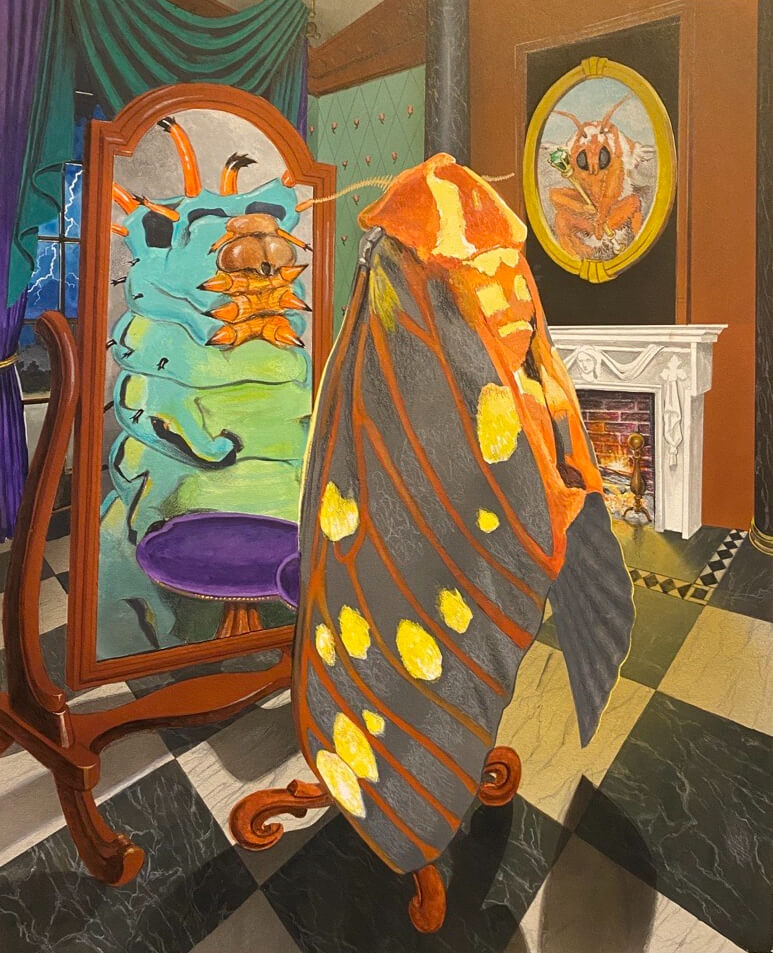
With a name that conjures the spookiest Halloween imagery, the hickory horned devil (Citheronia regalis) caterpillar is a marvel of nature's creativity, boasting a fearsome-looking appearance that is both off-putting and intriguing.
With its mint-green body adorned in tubercles with jet-black tips, this nightmarish caterpillar appears dangerous, but don't let appearances deceive you. This creature is no monster, it's a marvel of adaptation.
This time of year, unsuspecting passersby may have the rare chance to spot this spectacular caterpillar as it drops from trees. Plump from months of feeding on the leaves of hickory, black walnut, sweetgum, pecan and persimmon trees, this 6-inch behemoth has all the nutrients it needs to burrow into the ground for the cooler months ahead. Entombed in an earthen cell, it will soon undergo the process of metamorphosis.
Will Hudson, a professor in the Department of Entomology at the University of Georgia’s College of Agricultural and Environmental Sciences, ensures us this gruesome-looking caterpillar is more enchanting than it is menacing.
“Those fearsome-looking spines are, in fact, soft to the touch and pose no danger to humans — they don’t sting or bite,” he said. “Its threatening appearance is simply an evolutionary defense mechanism to ward off predators.”
The caterpillar relies on its appearance to deter attackers and, when disturbed, aggressively twists and writhes on the ground to defend itself.
“They’re also not considered to be a pest,” said Hudson. “While they can certainly eat a lot during the summer months, they’re not gregarious, so you don’t have infestations that could defoliate a tree.”
In early spring, the native insect emerges from its underground tomb, having traded its spooky spines for large, graceful wings adorned with striking patterns as the regal or royal walnut moth (Citheronia regalis).
In its final, less terrifying form, the regal moth displays autumnal-colored wings in shades of deep orange with gray stripes and yellow spots. With a wingspan of up to 6 inches, it’s a marvel to behold.
“It’s a very special caterpillar,” said Hudson. “We shouldn’t try to assess how valuable an insect is as it pertains to us. Just enjoy it if you get a chance to see one.”
So the next time you go on a walk, keep watch for this Halloween-worthy creature, and remember, there's often more to creepy crawlies than meets the eye. Contact your local UGA Cooperative Extension agent for help identifying things that go bump in the night (or, better, cool insects).



.png)


